Description
Okay, here’s an article based on “Sodium Mercaptoacetate ≥ 40%,” focusing on its properties, uses, safety, and importance:
Sodium Mercaptoacetate: Unpacking the Potential of a Versatile Chemical with ≥ 40% Concentration
In the world of chemistry, certain compounds stand out for their versatility and impact across various industries. One such compound is sodium mercaptoacetate (SMA), often found in solutions with concentrations of 40% or higher. This article will delve into the properties, applications, safety considerations, and significance of this chemical, providing a comprehensive overview for anyone interested in its use and potential.
What is Sodium Mercaptoacetate?
Sodium mercaptoacetate, also known as thioglycolic acid sodium salt, is a chemical compound that features a unique combination of a sulfur-containing thiol group and a carboxylate group. This structure gives it interesting properties, most notably its ability to act as a reducing agent and a complexing agent. It’s typically encountered as a clear to slightly yellow liquid or a white solid, although it is most commonly used in solution. When you see “Sodium Mercaptoacetate ≥ 40%”, it signifies that the concentration of the active SMA in the solution is at least 40%.
Key Properties:
Reducing Agent: The thiol group (-SH) in SMA is a strong reducing agent, meaning it can donate electrons to other molecules. This property is vital in several of its applications.
Complexing Agent: SMA can form complexes with various metal ions, meaning it can bind to these ions and alter their properties. This is particularly relevant in applications involving heavy metals.
Solubility: Sodium mercaptoacetate is highly soluble in water and polar solvents.
pH-Sensitive: Its reactivity is influenced by pH; it’s more stable in slightly alkaline conditions.
Diverse Applications:
The unique properties of sodium mercaptoacetate make it a valuable ingredient in a wide range of applications, including:
Cosmetics and Personal Care: One of the most well-known uses of SMA is in hair depilatories (hair removal creams). Its reducing power breaks down the disulfide bonds in hair keratin, leading to hair weakening and detachment.
Metal Processing: SMA is used in metal cleaning and treatment. It can remove scale, rust, and other contaminants from metal surfaces. It also acts as a complexing agent in the extraction of certain metals from ores.
Textile Industry: In the textile industry, SMA is employed in dyeing processes. It can act as a reducing agent to modify the dye and improve its fixation to fabric.
Chemical Synthesis: Due to its reactivity, SMA is a valuable intermediate in the synthesis of various chemical compounds, including pharmaceuticals, agrochemicals, and specialty chemicals.
Laboratory Reagent: SMA is a common reagent in chemical laboratories for reducing metal ions, as well as for complexation studies.
Oil and Gas Industry: It can be used as a corrosion inhibitor in oil and gas production facilities.
The Importance of Concentration: ≥ 40%
The specification “Sodium Mercaptoacetate ≥ 40%” is crucial. A higher concentration implies that a greater amount of the active ingredient, SMA, is present in the solution. This impacts the product’s performance and cost-effectiveness. Higher concentrations allow for:
Faster Reaction Rates: In applications requiring a reduction reaction, higher concentrations generally lead to faster reaction times.
Lower Volume Usage: Less of the product is needed to achieve the desired effect, reducing overall consumption and cost.
Consistency: Manufacturers often specify ≥ 40% concentration to ensure consistent product performance.
Safety and Handling Considerations:
While highly versatile, sodium mercaptoacetate requires careful handling. Some important safety considerations include:
Skin and Eye Irritation: Undiluted SMA can cause irritation and even chemical burns to the skin and eyes. Appropriate personal protective equipment (PPE), such as gloves and safety glasses, should always be worn when handling it.
Respiratory Irritation: Inhalation of SMA vapor or mist can irritate the respiratory tract. Proper ventilation is necessary, especially when working with the chemical in an enclosed space.
Corrosive Nature: High concentrations of SMA can be corrosive to certain materials, so care should be taken in its storage and handling.
Environmental Concerns: SMA should be disposed of according to local regulations, as it can be harmful to aquatic organisms.
Conclusion:
Sodium mercaptoacetate, particularly in concentrations of 40% or more, is a powerful and versatile chemical with applications across diverse industries. Its unique reducing and complexing properties make it invaluable in cosmetics, metal processing, textile production, and chemical synthesis. While its benefits are clear, it’s essential to handle SMA with caution, following safety guidelines to mitigate potential hazards. Understanding the properties, applications, and safety considerations associated with SMA helps ensure its effective and responsible use in various processes. As research continues, we can expect further innovations exploiting the potential of this important chemical compound.

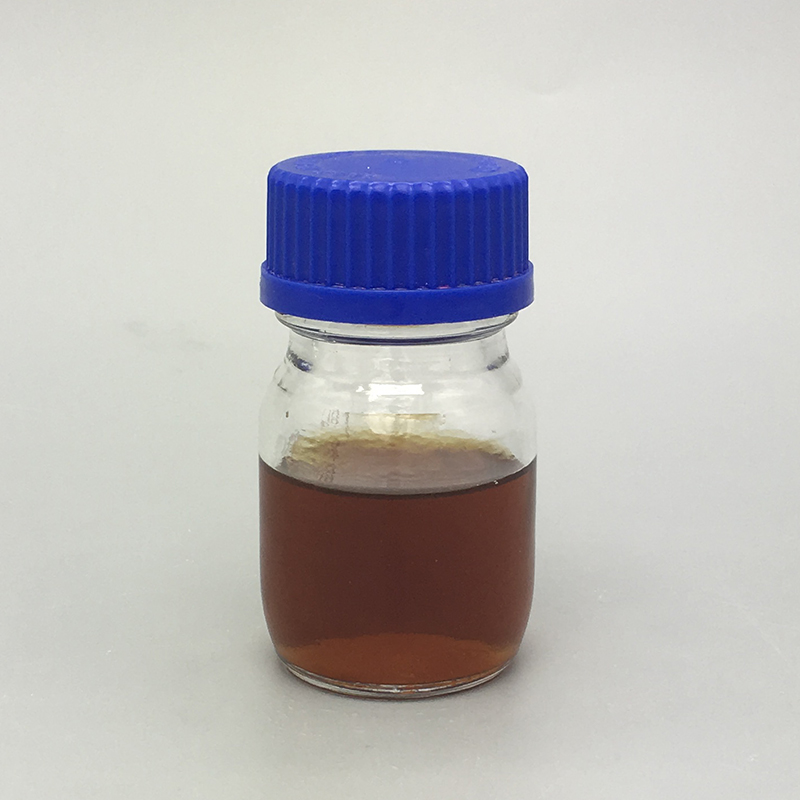

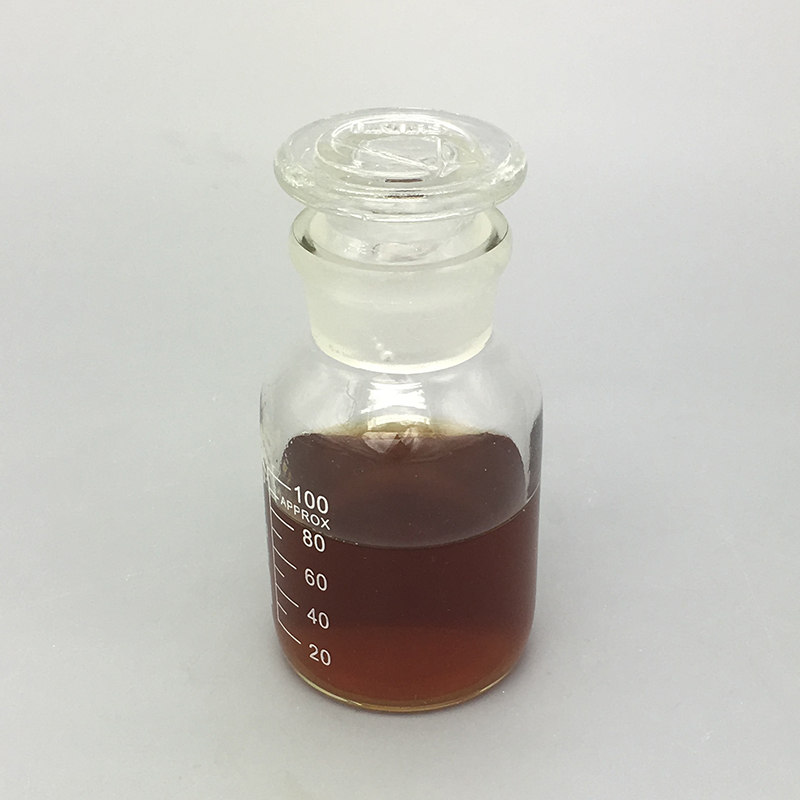
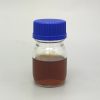
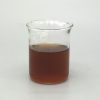

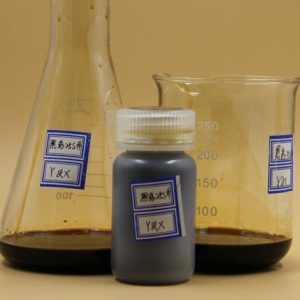
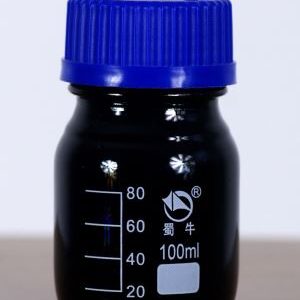

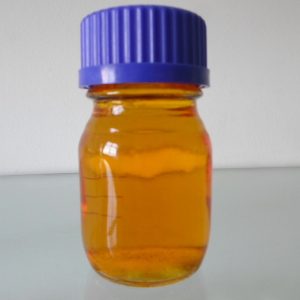

Reviews
There are no reviews yet.